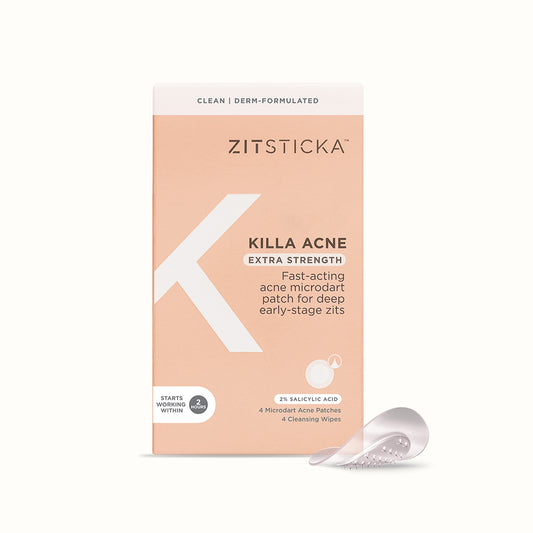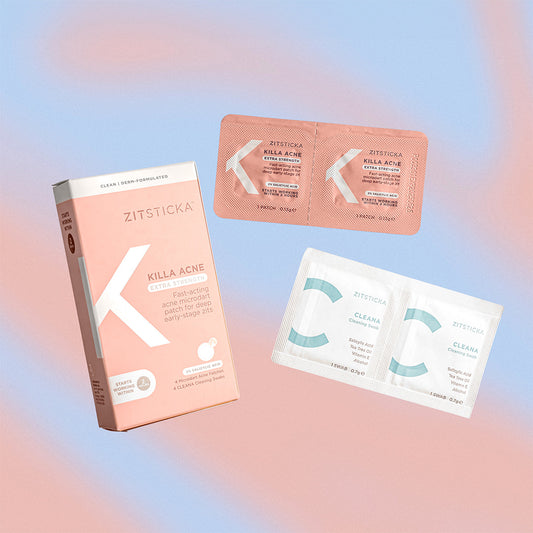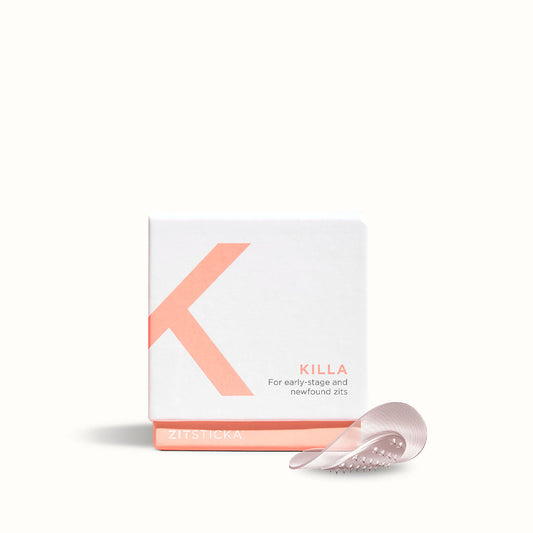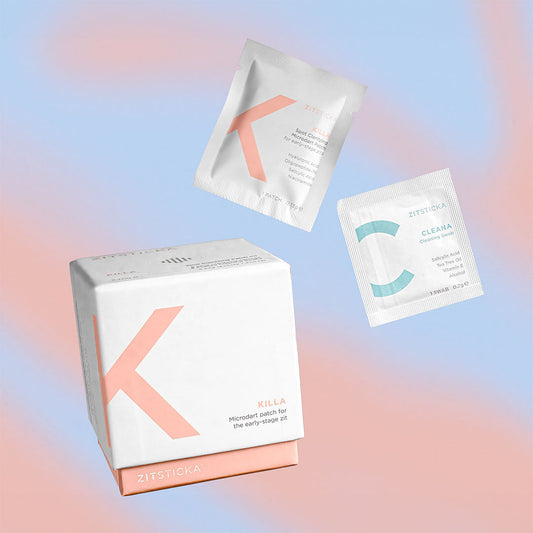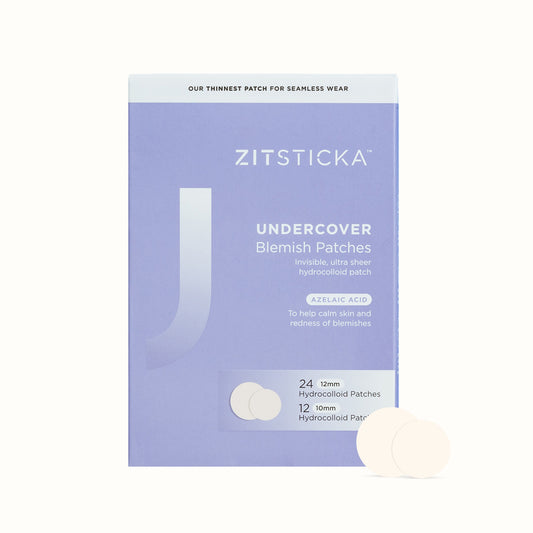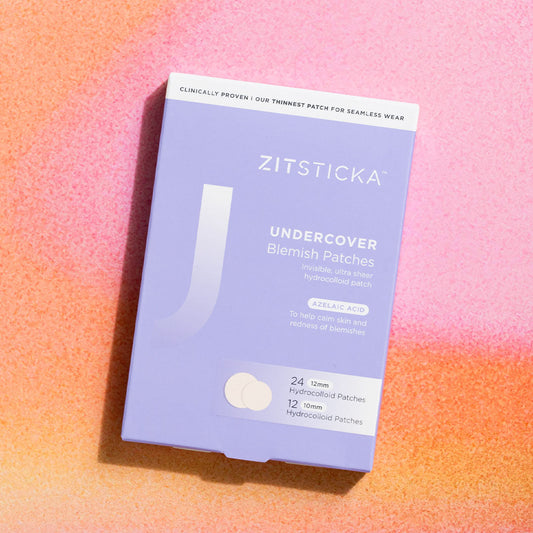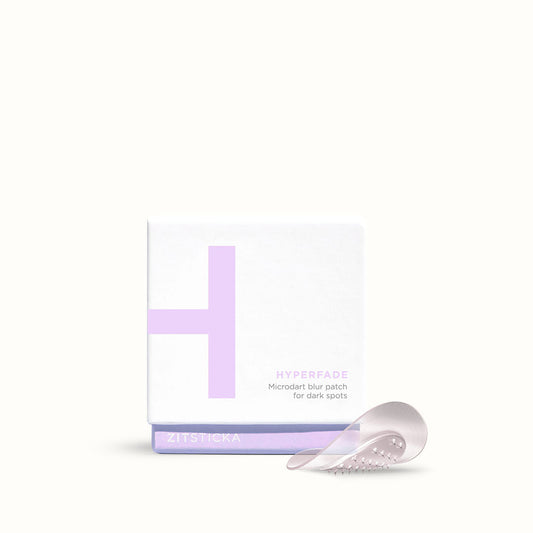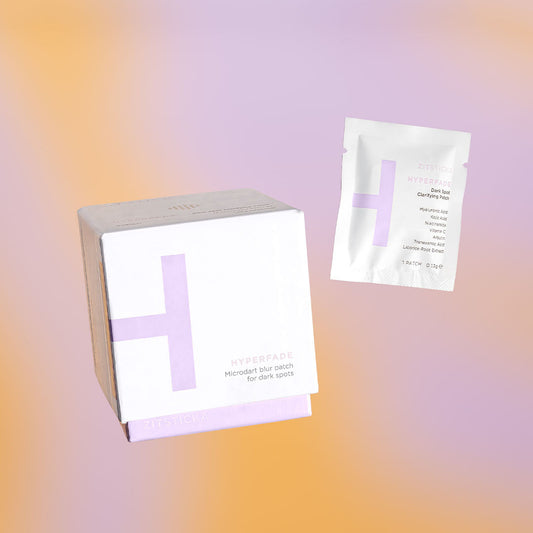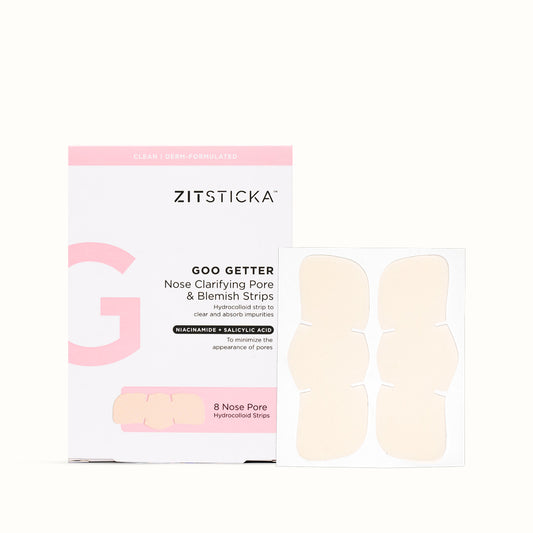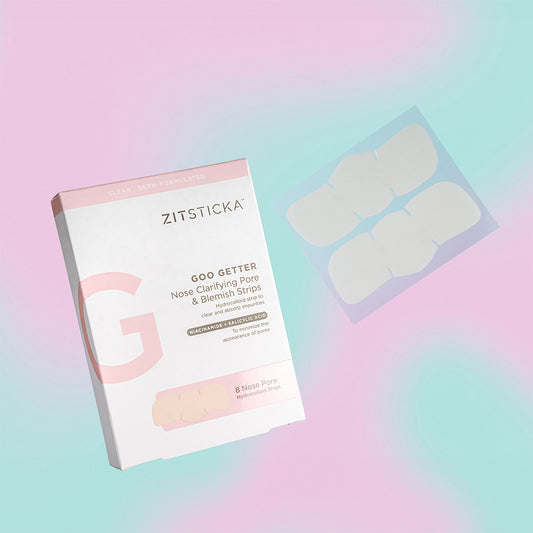By Sara Miranda
If you have dry, sensitive skin like me, firstly: I’m sorry and I feel your pain. Chances are that fall’s cold weather and chilling winds can cause some very sexy and comfortable issues with your skin like redness, dry patches, and bumps. Sometimes, the culprit behind these pesky bumps and redness is rosacea, a skin condition that causes red patches and blood vessels to develop on your skin, in addition to raised, red bumps containing, ahem, pus (🥺).
Let’s unpack this whole uncomfortable thing together!
What is Rosacea?
According to the Mayo Clinic, rosacea is a skin condition that causes red patches and blood vessels to flare up on the skin, in addition to raised, red bumps containing pus. Rosacea is sometimes mistaken for acne because the bumps from rosacea look similar—in other words, one big puzzle.  Who Suffers from Rosacea?
Who Suffers from Rosacea?
Anyone! However, certain factors based on lifestyle habits, gender, and skin color make some people more susceptible to rosacea than others. So, if you’re female, 30 or older, are of northern or eastern European heritage, a regular smoker, and have a known history of rosacea in your family, then you are most at risk for developing rosacea.
What are the symptoms?
There are several telltale signs that you may have rosacea. However, we’ve outlined the most common symptoms below...
Cherry-red complexion
A flushed face is usually one of the first signs of rosacea, and, no, we’re not talking about the way your face turns red when you think about that embarrassing thing you did 2015. The redness doesn’t just come and go—it shows up regularly. Rosacea-flushed faces also come with a burning sensation or warming of the skin.
A more pronounced nose
Believe it or not, rosacea is capable of making the nose look bigger. It causes the nose’s skin to grow thicker in consistency, making the nose look larger than it really is.
Bulbous blood vessels and bumps
Another sign that rosacea is rearing its ugly head are crimson-colored bumps populating on the face and blood vessels appearing on the cheeks and nose.
Eye issues
You might want to reconsider the cause behind your dry, itchy eyes and red, puffy eyelids because it may actually be rosacea. Occasionally, rosacea shows up on the eyes before it develops on the face.
What causes rosacea?
There is no known cause (which is more than slightly infuriating). On the other hand, there are things in the environment and that we do in our everyday lives that can cause flareups… without us even realizing it. These triggers include applying cosmetics on the skin, consuming hot beverages, drinking red wine and alcohol, exercising, eating foods with spices, wind, sunlight, sweltering heat, and frigid temperatures.  I think I have rosacea. When should I see a doctor?
I think I have rosacea. When should I see a doctor?
Are you constantly finding patches of redness and bumps on your face every time you see your reflection? If the answer is yes, it may be time for a visit to the derm. While your derm can offer a variety of medications to help fade away those incessant bumps and redness, these do not cure the condition. The hard truth is, there is no finite cure for rosacea.
Creams and gels
Partial to the soothing sensation of creams and gels on your skin? Then a gel or cream may be for you, but they are only effective in treating mild cases of rosacea. Place the cream or gel on the bumps and redness, and they should (hopefully!) disappear within 12 hours.
Antibiotics
For the worst of the worst cases, doctors usually prescribe an antibiotic called doxycycline. This drug tends to clear away the bumps and pimples that are caused by rosacea.
Isotretinoin (aka acne medication)
Taking isotretinoin—aka the acne pill—is usually the last resort if all other medications weren’t working. It’s so potent that you are not allowed to take it while pregnant.
Feeling extra, or willing to go all the way for flawless skin? Laser therapy is another treatment option, especially if you have several blood vessel flareups. For optimal results, more than one may be needed to reduce the appearance of blood vessels.
Are there any lifestyle changes needed to calm rosacea?
Like all good things in life, calming rosacea doesn’t just happen overnight—it takes work, which means that your lifestyle habits need to change too. Here are a few steps that you can take every day to ensure your skin is free of redness and bumps:
Safeguard your biggest organ: your skin!
People with rosacea are typically sensitive to sunlight. Therefore, be sure to do the following to shield the skin from the sun, such as making sunscreen your BFF (for REAL, though: make sure to reapply every few hours throughout the day!), hanging out in the shade when possible, and sporting a hat, sunglasses, and clothes that safeguard the skin from sunlight.
Create a rosacea-safe skin care routine
Did you know that your favorite cleanser, toner, or moisturizer may be triggering your rosacea? You might want to re-consider switching up your routine and trading in your old go-tos for sensitive skin-friendly products. Also, scrubbing the skin is an absolute no. Instead, gently pat each product into the skin with your fingertips.
Identify triggers
Love spicy food but notice that your face is always turning red after you’re finished? Does exercising come with a side of bumps and red patches on your face? Make sure to ask yourself these questions whenever you encounter a rosacea flareup. Cutting out certain things in your lifestyle can pave the way for a face free of red patches and pimples.
The bottom line
Rosacea is a skin condition characterized by patches of redness, bumps, and pronounced blood vessels on the face. A variety of factors put certain people at risk for rosacea, such as age and skin color. Though there is no cure for this condition, it can be treated with prescription drugs and giving your skin an extra little TLC.

